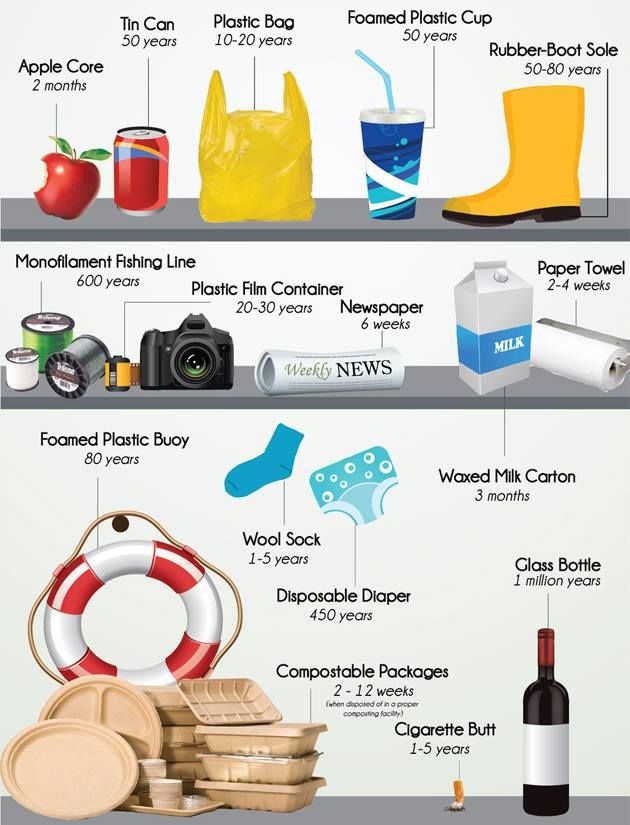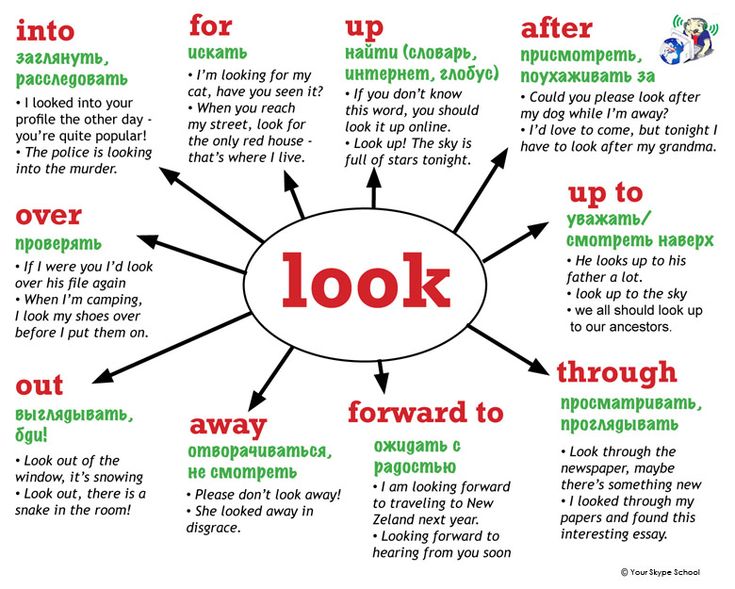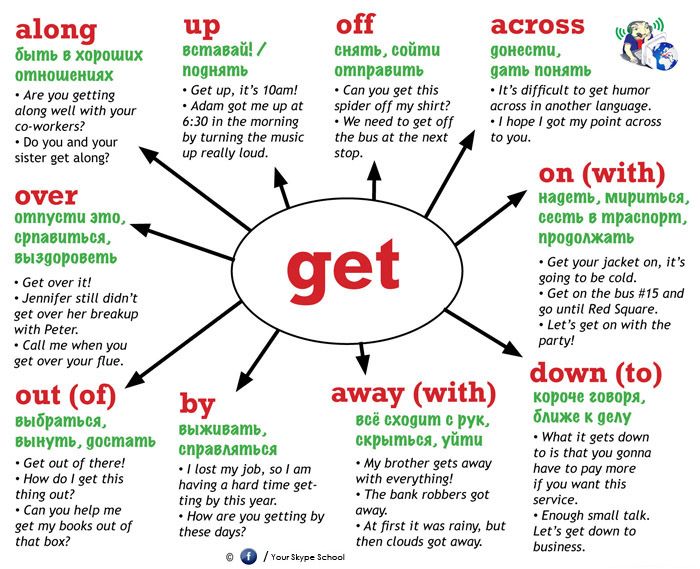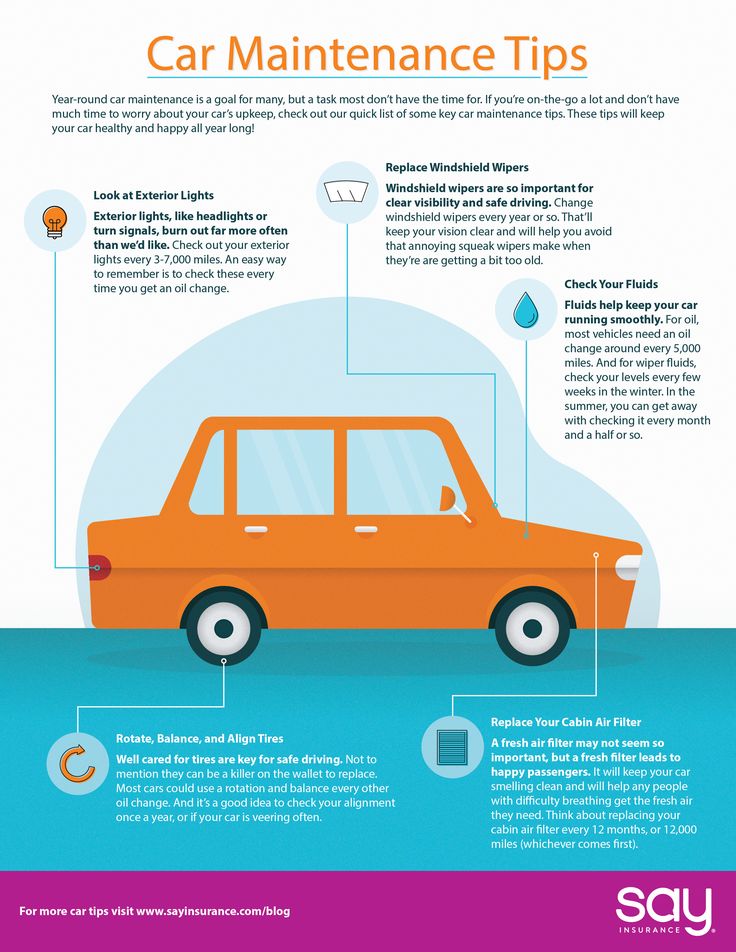05
Oct,
2017
Don't Forget Tire Rotation During Your Next Tire Service!Having your tires serviced is an essential part of proper car care. Tire service commonly includes some fairly basic services including tire inspection and repair (looking for tears and pinholes in your tires), checking and adjusting your tire inflation, and making sure that you have the right tires on your vehicle. One of the commonly overlooked forms of tire service is tire rotation which sometimes falls by the wayside during your tire care.
What is Tire Rotation?A tire rotation involves moving the tires on your car around to different locations so that a different part of the tires touched the road and experiences friction with the road. The friction from the road wears down the tires but typically only touches a portion of the road. By rotating the tires you can reduce the wear on one spot and allocate it to a different part of the tire which lengthens the life of the tire significantly.
While many people worry about how long does a tire rotation take, the answer is a relatively short period of time, typically it takes less than an 1 hour of total time.
How much Do a Tire Rotation Cost?The cost of a tire rotation is often less than $100, but be sure to ask your tire repair technician for the exact quote. This can result in a significant amount of savings by extending the lifespan of your tires significantly.
Remember: Tire rotation is considered a normal part of tire service. Vehicle owners should consider having it done at least once a year to make sure their tires are wearing properly.
Are you wondering about how long does a tire rotation take? Contact our ASE Certified technicians at Dependable Car Care today for more information about tire service and to schedule an appointment. Our auto shop proudly serves residents in the community of Ventura, CA, and surrounding area.
The time it takes for a tire service is worth it for the extended lifespan of your tires. Ask your tire shop about how long does a tire rotation take.
Don't Forget Tire Rotation During Your Next Tire Service!Having your tires serviced is an essential part of proper car care. Tire service commonly includes some fairly basic services including tire inspection and repair (looking for tears and pinholes in your tires), checking and adjusting your tire inflation, and making sure that you have the right tires on your vehicle. One of the commonly overlooked forms of tire service is tire rotation which sometimes falls by the wayside during your tire care.
What is Tire Rotation?A tire rotation involves moving the tires on your car around to different locations so that a different part of the tires touched the road and experiences friction with the road. The friction from the road wears down the tires but typically only touches a portion of the road. By rotating the tires you can reduce the wear on one spot and allocate it to a different part of the tire which lengthens the life of the tire significantly.
By rotating the tires you can reduce the wear on one spot and allocate it to a different part of the tire which lengthens the life of the tire significantly.
While many people worry about how long does a tire rotation take, the answer is a relatively short period of time, typically it takes less than an 1 hour of total time.
How much Do a Tire Rotation Cost?The cost of a tire rotation is often less than $100, but be sure to ask your tire repair technician for the exact quote. This can result in a significant amount of savings by extending the lifespan of your tires significantly.
Remember: Tire rotation is considered a normal part of tire service. Vehicle owners should consider having it done at least once a year to make sure their tires are wearing properly.
Are you wondering about how long does a tire rotation take? Contact our ASE Certified technicians at Dependable Car Care today for more information about tire service and to schedule an appointment. Our auto shop proudly serves residents in the community of Ventura, CA, and surrounding area.
Our auto shop proudly serves residents in the community of Ventura, CA, and surrounding area.
Dan Winter
Dan Winter
Tire rotation should take between 40 minutes and two hours, and it should be part of your routine vehicle maintenance. You should do it at least every 5,000 miles to keep your driving comfortable and your vehicle in good condition.
Is your steering wheel vibrating at highway speeds, or is there uneven wear on your tires? Maybe you’ve just bought a pre-owned car, and you don’t know when the tires were last rotated. It may be the right moment to do it. But how long does a tire rotation take?
We’ll walk you through everything you need to know about tire rotation and balancing them.
Periodic tire rotation and tire service can save vehicles, especially older and pre-owned, from damage.
Your car distributes weight unevenly across the four tires. This difference in weight distribution makes the tires wear in different spots. Taking them off and rotating the tires or switching them to a different position on the car is crucial to keeping them in good condition.
Uneven tires are not only uncomfortable to drive with. They’ll wear out faster, and you’ll use more gas when you’re driving. This can eventually cause damage to your wheels and suspension, so taking the time for tire rotations and balancing will save you money in the long run.
These are some of the most common symptoms of your tires being unbalanced and needing a rotation or balancing.
The first thing you should go with when defining your tire rotation frequency is distance. This will help make sure you do it before you develop problems. If your tires are new, it’s important to rotate them because the tread is deep and more susceptible to getting worn in an uneven pattern.
Aim for tire rotations on your vehicle every 3,000 to 5,000 miles—and more often if you tend to haul heavy cargo. Refer to your vehicle’s user manual for specifics if you’re not sure.
You can probably make a rough estimate of how much you drive in a specific amount of time and set a regular calendar reminder to keep your tires in check.
You’ll likely first notice your tires going out of balance from the steering wheel vibrating, especially when driving at high speeds. The speed at which you’ll mostly notice it is between 50 and 70 miles per hour.
Then, you’ll feel your rides getting bumpy. You’ll start feeling the vibration on the seat and the floor. This will all add up to a very uncomfortable driving experience.
If you only feel vibration when braking, check your brakes and especially brake rotors.
When your tires aren’t balanced, you may notice them wearing out, especially in uneven patterns and patches. Patchy patterns help you distinguish the problem from other possible issues, like underinflation or wheel misalignment. These two issues would cause wear at the center or the sides of the tire.
These two issues would cause wear at the center or the sides of the tire.
Fuel inefficiency could be caused by many issues in your vehicle’s motor or tires, and can even be caused by underinflation. However, it can also be due to tire imbalances.
If you notice your fuel is running out faster and you know you haven’t rotated your tires in a while, check them. You will likely find some issues in them, and it’s cheaper to fix it than let the problem grow.
If you start experiencing problems with your shock absorbers, axles, drive trains, and wheel bearings, it may be due to a simple tire balancing issue. If you don’t check your tires when you fix these issues, they will keep occurring. You’ll waste your money on fixes that won’t fix anything without tire service.
Tire balance and rotation shouldn’t take long, no more than a couple of hours. How long it takes depends on the condition of the tread.
How long it takes depends on the condition of the tread.
How long does it take for only rotating the tires? Just rotating your tires is a bit faster than balancing them. It takes about 45 minutes in an auto shop. If you decide to do the tire rotation on your own, it really depends on how experienced and quick you are.
Tire rotation is easy. Here’s how you do it.

First of all, note that the right tire rotation pattern depends on your car, but also on the tire type.
With a front-wheel drive, you can either do an x-pattern or a forward cross pattern rotation.
The x-pattern rotation means simply rotating your front tires to the back axle and back tires to the front. You’ll also need to move them diagonally from right to left, and vice versa.
A forward cross pattern means moving your front tires to the back axle directly. At the same time, you’ll need to move the back wheels to the front diagonally.
Rear-wheel, all-wheel, and 4-wheel drive cars should have their tires rotated with a rearward cross pattern. This means you need to move the front wheels to the back and on opposite sides of the axle, and the rear wheels directly to the front, but on the same side.
This means you need to move the front wheels to the back and on opposite sides of the axle, and the rear wheels directly to the front, but on the same side.
Some tires have a directional tread that you can see clearly pointing in the driving direction. You should only change the position of these types of tires but not rotate the tire itself, since the pattern should always point forward.
With directional treads, you should rotate either from front to back or from side to side, but not diagonally.
Some cars use different-sized performance tires in the front and back axles. In these cases, you can only move the wheels in a side-to-side pattern on the same axle.
Balancing tires is a bit more complicated than just rotating them. Here’s how you do it.
Here’s how you do it.
If you’re already noticing problems in the balance of your tires, you may need to balance them on top of rotating them.
If you take your vehicle to a car care shop, they’ll use a tire balancing machine to determine the spot where your tires need some extra weight. However, you can do it on your own at home, with or without a balancer. It might take a bit more time to find the exact spot, and the result may not be as accurate.
You will need some weights of different sizes. Some chalk will also come in handy for marking the tire.
First, you’ll need to lift your car with a jack so that the wheel can freely rotate. Then, clean up large debris wherever you may have it and remove all the previous weights from the tire.
Next, you need to find the spot where the tire is heaviest. To do this, you’ll need to rotate the tire very slowly.
Nudge it just a bit and see if there’s a spot that always returns to the bottom when you let go. If your tire is in balance, it should rotate with no notable differences in speed, and it shouldn’t’ always return to the same spot.
If you do find a spot that’s heavier, mark it with some chalk. You’ll need to add the weight to the opposite side to balance the tire out.
When picking the weights, you have the option of clip-on and stick-on types. You’ll often get a couple of different weight options so you can find the exact right one.
If you keep the tire on, you’ll have to stick the weight on the tire before you know you’ve got the right weight. To avoid going over, start with one small weight and check if the tire is in alignment before adding more.
If you use a bubble balancer, you’ll have to remove the tire, but you’ll get a more accurate result. Here’s how you do it.
Use a jack and a lug wrench to lift the car and remove the tire. Clean it up to make sure there’s no heavy mud weighing it down, and remove any old weights your tire may have.
Clean it up to make sure there’s no heavy mud weighing it down, and remove any old weights your tire may have.
Place the tire on the bubble balancer. These work with the same mechanism as a common level tool, with liquid at the center. If the tire is in balance, the bubble at the center of the balancer should be right in the middle. If not, you’ll see the bubble moving to one side of the tire.
With a bubble balancer, it’s easier to make sure you’ve got the weight distributed correctly. You can place the weights on top of the tire and move it around without having to stick or bang it on.
Add as many weights as you need. When the bubble is right in the middle, you know you’ve got the right spot, and you can proceed to stick them on.
When you’re finished, rotate the tire a bit and see if the bubble moves around before putting the tire back on.
Tires can go out of balance for numerous different reasons, and it’s nearly inevitable. New tires can go out of balance because of issues when shipping or mounting them, especially if you don’t balance them when they’re new.
New tires can go out of balance because of issues when shipping or mounting them, especially if you don’t balance them when they’re new.
Later, tires can go out of balance because you’ve hit a pothole or had some other type of road damage to the rim or the tire. It’s also possible your wheels are out of balance due to a mechanical issue on your rims or your car.
This can especially happen with pre-owned vehicles. If you’re buying a pre-owned car, make sure both the tires and the rims and wheels are in good condition.
Small tire imbalances are nearly inevitable, so you should check your tires regularly to tackle any problems before they grow. A balance checkup every time you do a tire rotation or notice problems is usually enough.
Vehicle owners should get a tire rotation done about every 3,000 to 5,000 miles. It may seem like a lot, but doing a tire rotation will keep your tires and your vehicle in good condition for longer. It’s especially important if you’re the owner of an older or pre-owned vehicle.
It’s especially important if you’re the owner of an older or pre-owned vehicle.
Yes, you really do need to rotate your tires. Periodic tire rotation will not only keep them in good condition for longer, but it will also save vehicles, especially pre-owned, from damage. It’s much more comfortable to drive with evenly balanced tires, so make sure you get it done regularly.
A tire change can take anything from 40 minutes to a couple of hours for all four tires on your vehicle. If you do it in a tire shop, it’s likely a short procedure. If you’re going to do it on your own and you’re not experienced, it may take a while longer.
If you’re still wondering how long does a tire rotation take, don’t worry. Tire rotation is a relatively quick process, especially if you’ve done it before. It shouldn’t take longer than 45 minutes at the shop or a couple of hours if you’re doing it at home.
Rotating your tires periodically can really extend their lifespan. You’ll also avoid causing damage to your wheels and car, and maximize your fuel efficiency. Doing a tire rotation is especially important if you’re buying a pre-owned vehicle.
The right rotation pattern depends on your vehicle, so make sure you check our instructions to get the right one.
The procedure for servicing cars at tire change stations can take a different amount of time. The exact figure depends on the equipment present and the professionalism of the master. On average, changing the wheels of a car at a tire fitting stretches for 20-30 minutes, in the absence of a serious workload of personnel.
Contents
In some cases, the installation procedure can take an hour or more. The exact figure will depend on the type of work performed.
The exact figure will depend on the type of work performed.
If you put new skates on the wheels, you need to count on at least an hour. The usual replacement of finished wheels is faster. A savvy master can change all discs in a few minutes.
The need for repairs also affects the efficiency of work. In some situations (vulcanization is required), the procedure may take a day.
Service stations and tire shops in Russia always try to work as quickly as possible. The salary of the master directly depends on the number of clients. Usually the procedure for changing a set of tires from summer to winter does not take more than one hour.
Usually the procedure for changing a set of tires from summer to winter does not take more than one hour.
Waiting time can be increased by factors that do not affect the immediate speed of the specialist's work - this is the queue and customer requirements.
Installation of summer tires is more difficult for the master than winter tires. This is argued by the increased rigidity of the rubber. Dense sidewalls are difficult to put on discs, which requires great physical effort.
This difference will not be noticeable to the user. Experienced technicians know how to properly place a product on the machine for fast assembly.
To facilitate the process of changing tires and speed up service, you can foresee a few points in advance and not wait in a huge queue.
 If the mechanic is warned about the visit, a window prepared for a specific car is formed at the service station. For complete confidence, you can give the mechanics an advance payment of 30-50% of the total cost of service.
If the mechanic is warned about the visit, a window prepared for a specific car is formed at the service station. For complete confidence, you can give the mechanics an advance payment of 30-50% of the total cost of service. Related materials
7 rubber signals: what the tire says about car problems
How do you know when tires are completely worn out and it's time to change them? Everything is simple. For summer tires, the limit is 1.6 mm of residual tread depth, and for winter (or all-season tires used in winter) - 4 mm. Modern summer tires can travel from 40,000 to 70,000 km, depending on driving style and vehicle characteristics. An average motorist rolls such a mileage on summer tires in 2-3 seasons. Moreover, wear implies not only a decrease in tread depth. For millions of cycles of deformation, the strength of the carcass and its adhesion to the layers of the rubber compound are violated. In short, every 2-3 years you should buy a new set of tires.
For summer tires, the limit is 1.6 mm of residual tread depth, and for winter (or all-season tires used in winter) - 4 mm. Modern summer tires can travel from 40,000 to 70,000 km, depending on driving style and vehicle characteristics. An average motorist rolls such a mileage on summer tires in 2-3 seasons. Moreover, wear implies not only a decrease in tread depth. For millions of cycles of deformation, the strength of the carcass and its adhesion to the layers of the rubber compound are violated. In short, every 2-3 years you should buy a new set of tires.
In the event of irreparable damage to one of the tires and a relatively high total mileage of the kit, it is also worth considering replacing it. Well, or about buying at least a pair of new tires, which, for any type of drive, should be installed on the front axle. We put two tires back - the most decent of the remaining ones.
Many motorists drive only a few thousand kilometers a year. This does not mean that the tires will serve you for several decades. According to Russian requirements (GOST 4754-97), the service life of passenger car tires is 5 years from the date of manufacture. And for example, Continental recommends that all car tires (including the spare tire) older than 10 years old should be replaced with new ones. Therefore, with small runs, you can navigate for ten years. The date of manufacture of the tire is indicated on the sidewall. Usually it is an oval with four numbers. The first two are the ordinal number of the week in the year, the last two indicate the year.
This does not mean that the tires will serve you for several decades. According to Russian requirements (GOST 4754-97), the service life of passenger car tires is 5 years from the date of manufacture. And for example, Continental recommends that all car tires (including the spare tire) older than 10 years old should be replaced with new ones. Therefore, with small runs, you can navigate for ten years. The date of manufacture of the tire is indicated on the sidewall. Usually it is an oval with four numbers. The first two are the ordinal number of the week in the year, the last two indicate the year.
Related materials
How to change the car yourself - detailed instructions
Tires should be rotated periodically in accordance with the vehicle manufacturer's recommendations - information on this can be found in the owner's manual.
We can advise you to use the tires carefully and, most importantly, to store them correctly in the off-season. First of all, during storage, it is important to exclude direct sunlight from hitting the tires, which greatly age the rubber. Tires without rims should be placed vertically, and stacked on rims.
First of all, during storage, it is important to exclude direct sunlight from hitting the tires, which greatly age the rubber. Tires without rims should be placed vertically, and stacked on rims.
And before installing tires on a car at the beginning of the season, evaluate their condition. There should be no cracks in the tread and sidewalls. The tire should not be dry, it should remain rubbery and not look like baked plastic.
Related materials
Driving on badly worn tires - will I be fined or not?
Winter tires have a much shorter life span. They almost always fail due to the wear of the treadmill, because the tread of a new tire is 7–8 mm, and only 3–4 mm remain working height. If the tires are studded, then with such wear there are very few metal elements left, and the tire will not provide adequate safety when driving on a winter road. However, not only spikes, but also Velcro, with such a degree of wear, also lose most of their capabilities.